Shown are, from left, Jeremy Poirier, International Paper; Ford Faulk, International Paper; Emily Jo Williams, American Bird Conservancy; Abbot Justin Brown, O.S.B.; Randy Pellichino, forester for the Abbey; Annabelle Grounds, International Paper; Jeremy Richardson, Sassafras Timber; Jennifer Coulson, Orleans Audubon Society; Kevin Mizell, International Paper; and Jason Sebesta, International Paper.
Last fall, some of the timber on the Saint Joseph Abbey grounds was thinned and a portion damaged by previous hurricanes was cleared, all done through sustainable forest management practices. Last week, a group of timber industry and wildlife conservation officials visited the grounds to view the wildlife, specifically the birds, that populate the grounds and the wooded areas on the Abbey property.
Both industry and conservation officials agreed that managing forests like the Abbey is doing is a positive thing for meeting community needs as well as protecting the wildlife habitat. The group said they were on the grounds specifically looking and listening for birds because healthy forests promote healthy bird populations. Randy Pellichino, the forester for the Abbey, led the tour that included officials with International Paper, Sassafras Timber, the Orleans Audubon Society, and the American Bird Conservancy.
Jennifer Coulson, president of the Orleans Audubon Society, said the group spent more than three hours on campus and encountered 241 individual birds, representing 45 species. She said the diversity of birds seen reflects the diversity of the habitats the group visited.
“I was most interested to learn about the Benedictine monastic way of life with the spiritual connection to the land and the St. Joseph Abbey property in particular,” Coulson said. “In our tour of the Abbey's forests we learned about the damage done by hurricanes Katrina and Ida and the site's great potential for forest sustainability. The vast property encompasses a number of forested habitats. We visited an upland pine forest, a streamside management zone, a recent clearcut being prepped for replanting, and an exceedingly rare tract of longleaf pine forest that the Abbey is planning to restore to longlife pine savanna over the next six to seven years.
“Longleaf pine savanna once covered much of the Northshore and the southeastern U.S. Now less than 25% of this endangered habitat remains, and only in fragmented patches. Longleaf pine savanna harbors a diverse suite of plants and animals, some of which are found only in this habitat. I felt heartened to see the Abbey’s commitment to forest sustainability, regeneration and restoration.”
The 45 species of birds seen and/or heard in Abbey forests during the tour included: Canada goose, mourning dove, chimney swift, green heron, black vulture, turkey vulture, red-shouldered hawk, broad-winged hawk, red-tailed hawk, red-bellied woodpecker, downy woodpecker, hairy woodpecker, pileated woodpecker, Northern flicker, great crested flycatcher, white-eyed vireo, yellow-throated vireo, red-eyed vireo, blue jay, fish crow, Carolina chickadee, tufted titmouse, Northern rough-winged swallow, purple martin, barn swallow, ruby-crowned kinglet, brown-headed nuthatch, blue-gray gnatcatcher, Carolina wren, gray catbird, brown thrasher, Northern mockingbird, Eastern bluebird, wood thrush, cedar waxwing, house sparrow, orchard oriole, brown-headed cowbird, Swainson's warbler, Kentucky warbler, common yellowthroat, hooded warbler, pine warbler, summer tanager, and Northern cardinal.

